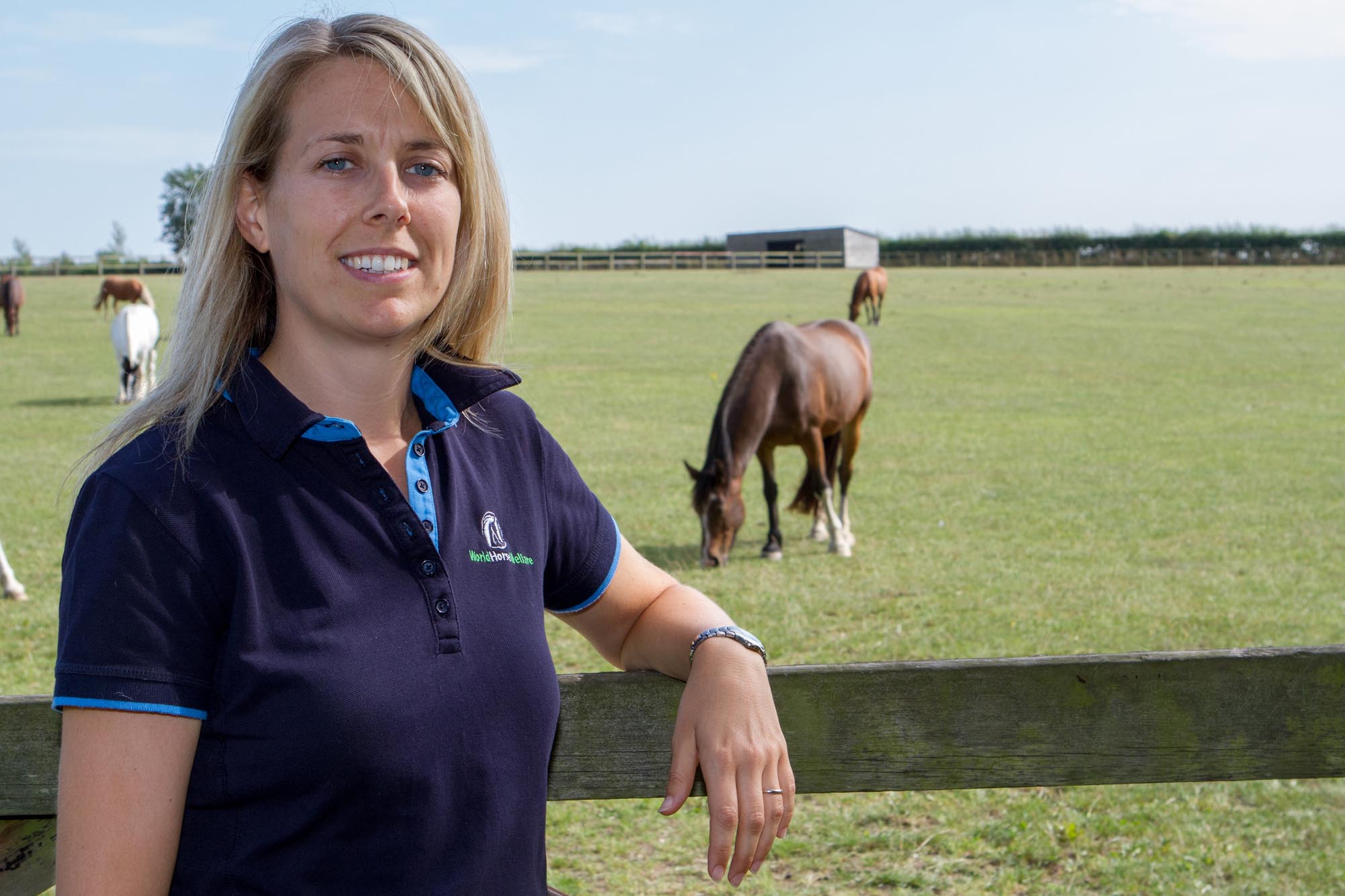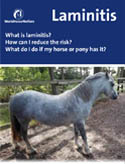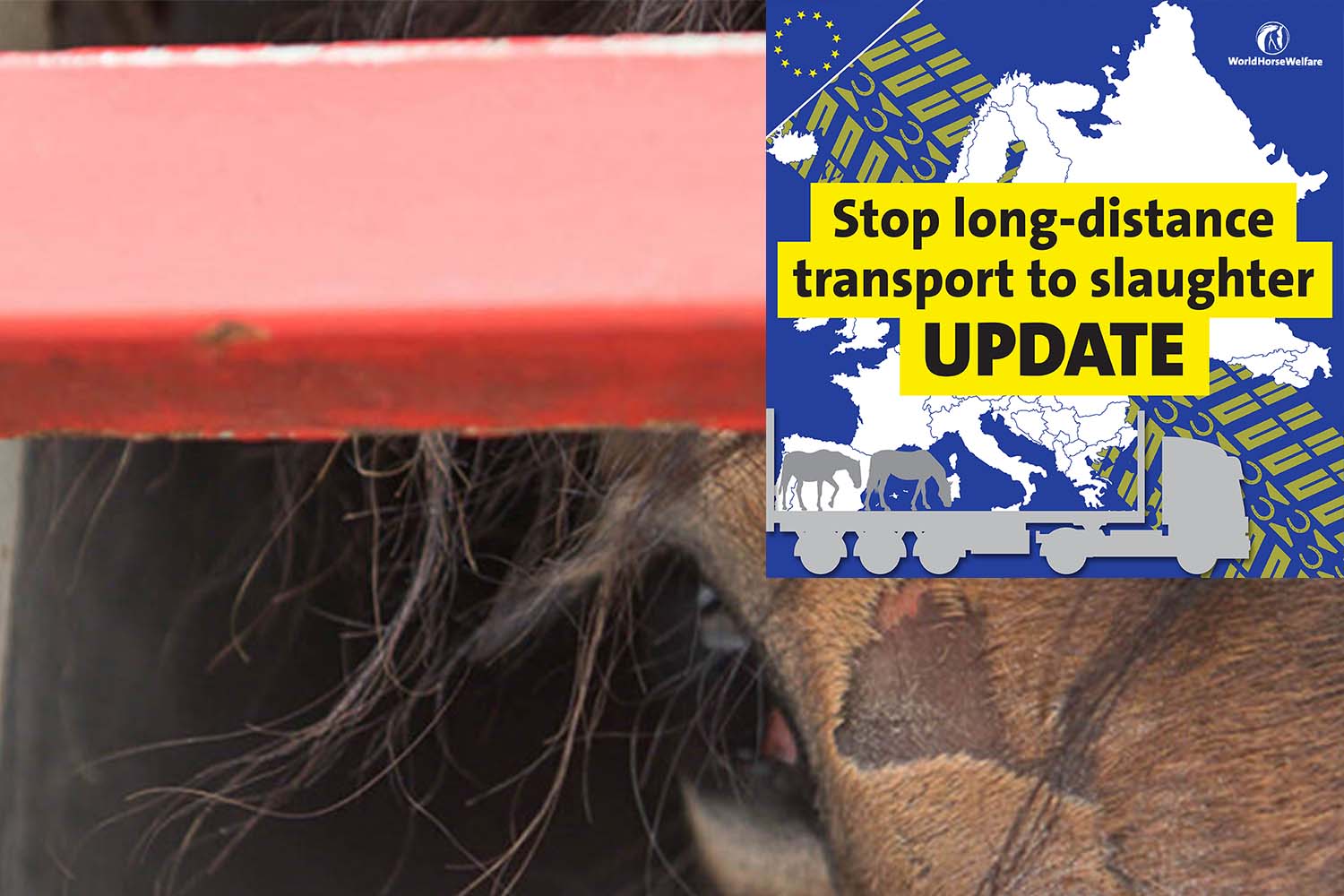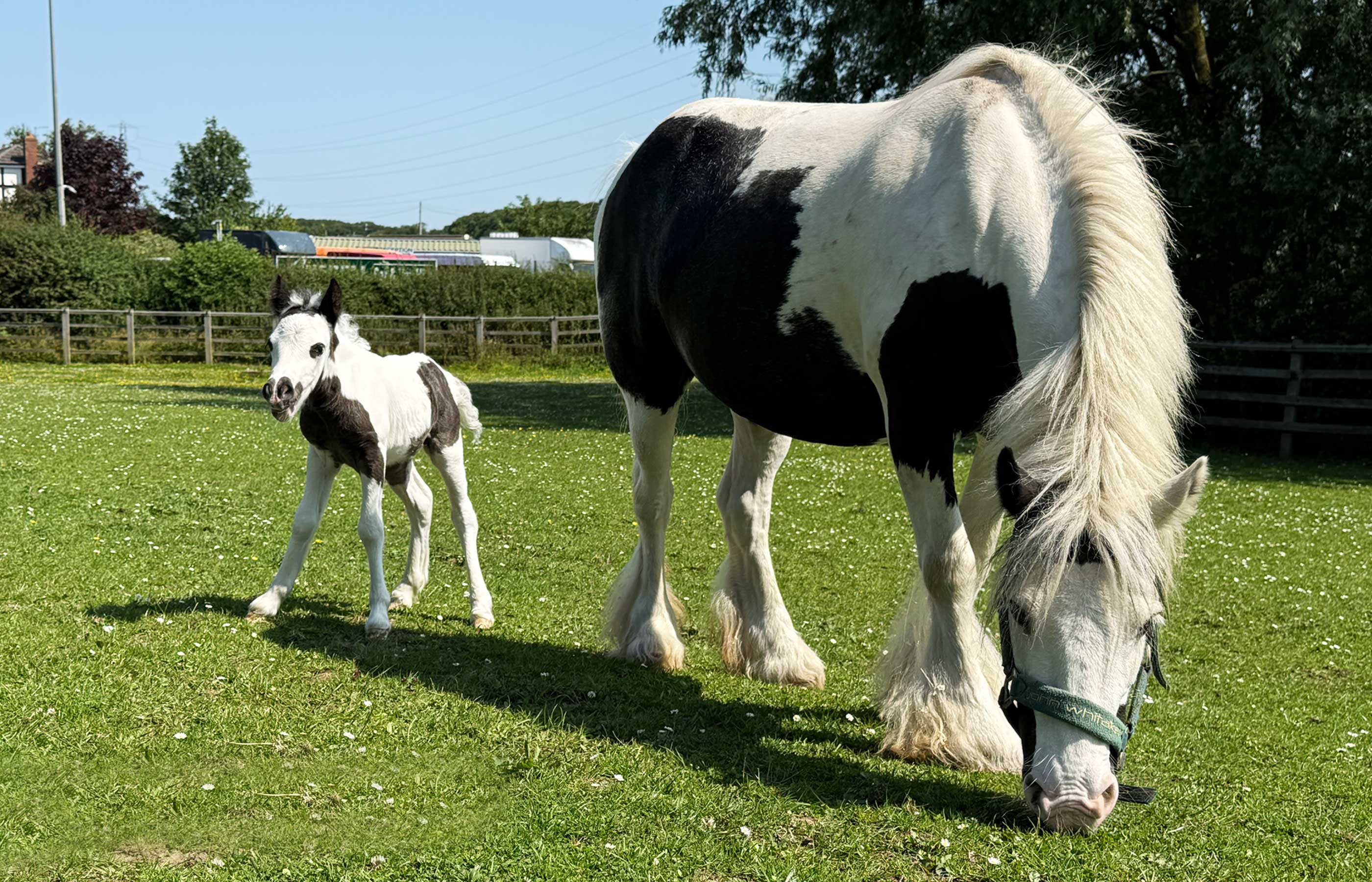Laminitis: what is it, why do horses get it, and how is it treated?
Head of UK Support Sam Chubbock explains what laminitis is, what causes it and how it can be treated.
Posted on 06/04/2020

Whilst laminitis is a year-round concern for horse owners, we do see quite an increase in calls to our Advice Line (+44 (0)1953 497 238) about it during the spring. So, what is laminitis and how can you best prevent your horse or pony from getting it?
Download our free laminitis leaflet

Download our leaflet to find out more about what laminitis is, how to prevent it and what to do if you suspect your horse has it.
What is laminitis?
Laminitis is an extremely painful condition that can affect any horse, pony, donkey or mule. The first thing to note is that laminitis is a veterinary emergency and you should contact your vet immediately if you suspect your horse might have it. Laminitis causes severe pain and lameness which needs emergency first aid and veterinary treatment.
Laminitis occurs when the finger-like projections of the lamellar layer, which support the pedal bone of the foot within the hoof capsule, become weakened by losing their normal shape. This results in instability of the pedal bone within the foot, potential inflammation and signs of pain and lameness.
What causes laminitis?
Laminitis is usually a consequence of an underlying hormonal disorder and/or an inflammatory condition. Hormonal disorders which contribute to many laminitis episodes include equine metabolic syndrome (EMS) and pituitary pars intermedia dysfunction (PPID, or equine Cushing’s disease). Further details about both disorders are available in our laminitis leaflet.
Inflammatory responses can be triggered by a variety of events or conditions. Such responses can occur after carbohydrate overload – for example, your horse pigging out on spring grass! – or in very sick animals with body-wide septic infections – such as complications after surgery or a retained placenta.
Laminitis can also be a risk in cases where the horse is unable to bear weight on one limb, as the opposite foot will be bearing so much more weight than it should do.
However, it is important to note that the most common cause of laminitis is an underlying metabolic condition.
What are the signs of laminitis?
Common signs of laminitis include:
- Strong/bounding digital pulses felt at the back of the fetlock (check out our video below to find out how to check your horse’s digital pulse)
- Reluctance to walk forward
- Difficulty making a tight turn
- Excessive heat in the feet
- Shifting weight from foot to foot when at rest
- Lameness, stiffness, or a short, stilted or pottery walk, especially on hard ground
How is laminitis treated and managed?
Whilst treatment is very much animal-specific, three general steps include:
- Initial treatment, which involves restricted movement, pain relief and appropriate foot support
- Once stabilised, therapeutic shoeing/trimming as well as diagnosis, treatment and management of any hormonal disorders
- Finally, on-going careful management of your horse’s diet, exercise regime and footcare regime
Your vet and farrier will be able to advise on exactly what your horse needs at each stage. Laminitis is not a disease in itself, it is a clinical sign – which means it’s vital to understand the underlying cause (most often a metabolic condition) and treat that as well.
How do you prevent your horse from getting laminitis?
When it comes to laminitis, the old saying that “prevention is better than cure” is very true. Two large studies funded by World Horse Welfare have identified three important risk factors:
- Recent weight gain more than doubled the risk of laminitis developing
- Horses and ponies with a history of laminitis are more likely to suffer future episodes (which should be treated just as seriously as the first one)
- Foot soreness after shoeing/trimming almost tripled the likelihood of laminitis occurring
Making sure your horse or pony is the right weight is really important when it comes to preventing laminitis – as is avoiding unintentional weight gain. It can be really difficult to notice our horses gaining weight when we see them every day, which is why regular weight monitoring and fat scoring are so important.
Although equine weight tapes aren’t 100% accurate as a means of weighing your horse, if you use one regularly it will tell you if your horse is gaining (or losing) weight – and allow you to adjust his/her management accordingly. You can find out more about monitoring your horse’s weight on our Right Weight page.
Since horses and ponies which have had laminitis previously are at a significantly increased risk of suffering further bouts, being vigilant in your management to prevent your horse from suffering an attack of laminitis in the first place really is the best way to protect them.
You can check out our laminitis leaflet for more information on all of these points. If you have any queries about laminitis (or any other aspect of caring for your horse) please do give our Advice Line a call in office hours on +44 (0)1953 497 238. Remember, if you suspect your horse might have laminitis, please call your vet first!
Download our free laminitis leaflet

Download our leaflet to find out more about what laminitis is, how to prevent it and what to do if you suspect your horse has it.
You can find further information on our laminitis page.
Topics
Related Blog Posts

Plan for an emergency when you’re not around – help us to help your horse
Deputy Chief Field Officer Jon Phipps has top tips for owners on making plans just in case your horse injures themselves when you’re not there.

How to help a needle-shy horse overcome their fear
Grooms Amy and Emily explain how they work with horses who are nervous with needles before a visit from the vet.
Recommended News Articles

EU announcement could signal the end of long-distance journeys to slaughter in Europe
Journey time limit for horses being transported across EU to slaughter

Lucky foal gets life-saving care after being born at Penny Farm
New-born foal Babybel needed specialist care after struggling to nurse from her mother.

Four deserving horses find happiness with Melanie and John Bishop
John and Melanie Bishop rehome from World Horse Welfare.
Enjoy reading stories like this?
Join over 65,000 other horse lovers and sign up for our email newsletter

Join over 65,000 other horse lovers and sign up for our email newsletter
Sign me up now